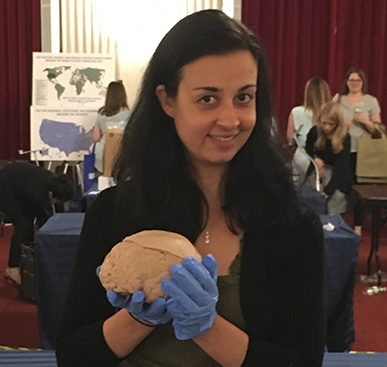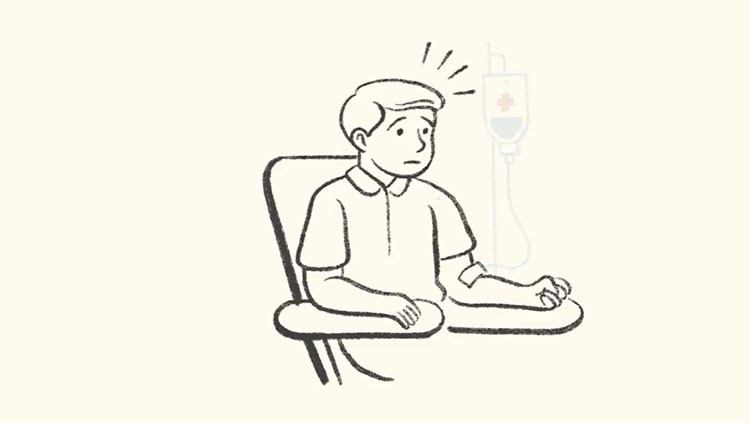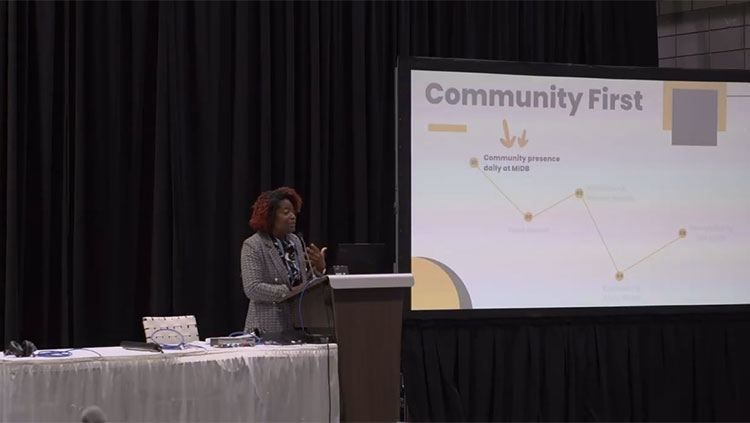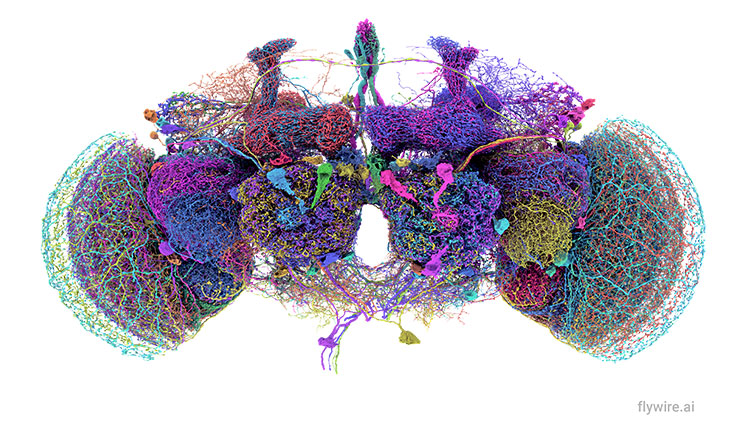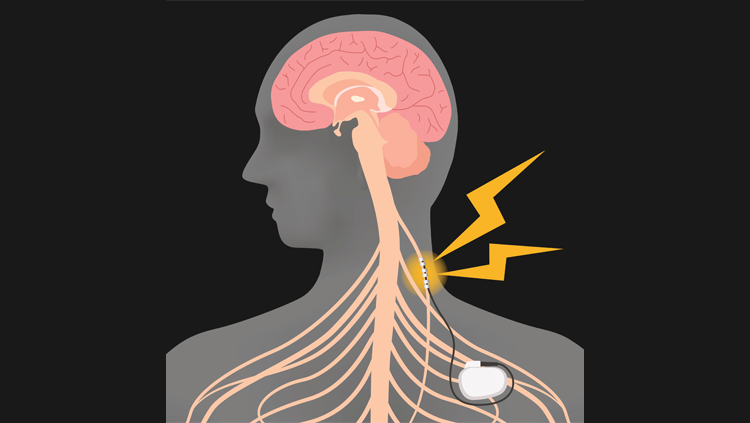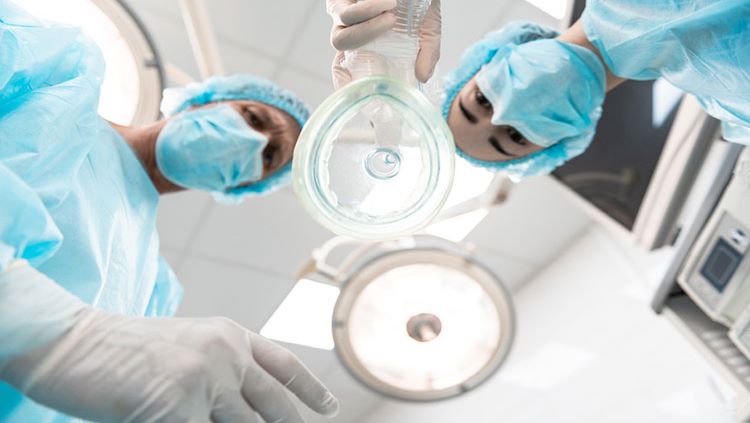Brief: Finding the Right Treatment for Depression
- Published14 Jul 2016
- Reviewed14 Jul 2016
- Author Brittany Meyer
- Source American Brain Coalition
A patient and a physician discuss the difficulty of finding a depression treatment that works.
“Please make sure I make it to age 50.” That was Beverly Brewster’s plea to her doctor. But the disease that was threatening to kill her at such a young age wasn’t cancer or heart disease. It was depression.
Brewster is one of millions of people suffering from depression and other mental illnesses in the United States. The effects are devastating. Untreated depression can cause debilitating mental and physical symptoms from chronic fatigue to acute physical pain, and suicide is the seventh most common cause of death in the United States.
Brewster discussed her condition alongside Helen Mayberg, a psychiatrist at Emory University, on Capitol Hill at the Congressional Neuroscience Briefing “A Precision Medicine Approach to Mental Illness.”
Brewster didn’t seek treatment until her 30s, though her depression started much earlier. At that point, she and her doctors experimented with several medications aimed at treating her disease. The process took decades.
Mayberg said that the trial-and-error method of treating people with mental disorders is common practice. Our understanding of the causes of depression is very limited, and the usefulness of available treatments vary greatly based on the patient. The only way to find out what works is to start a new drug or treatment program. This wastes time, and the side effects of certain drugs can be significant.
Tackling this trial-and-error methodology is a high priority for neuroscientists. Mayberg is currently researching the brain circuits active in depression and the effects of various antidepressant treatments on those circuits. “The brain changes differently with behavioral therapy than it does with drugs,” she said, which might explain why it is effective for some but not others. Studying these changes may reveal patterns and biomarkers in people with depression – biomarkers that scientists can use to determine the best treatment option the first time.
For Brewster, years of experimenting with different drugs was exhausting, but she persevered by thinking of her illness as a physical ailment that could be treated with time. Now she’s found a drug that works for her, and her search is over. “I don’t think about depression anymore,” she said. “I have hope.”
The briefing was sponsored by the Congressional Neuroscience Caucus, the American College of Neuropsychopharmacology and the American Brain Coalition.
CONTENT PROVIDED BY

American Brain Coalition


